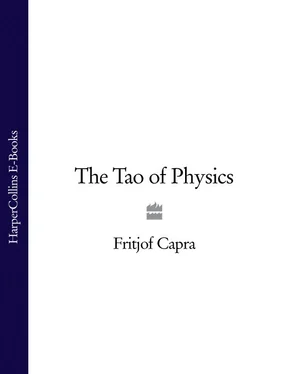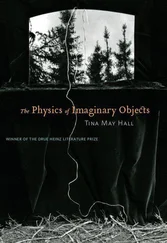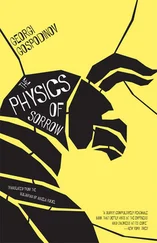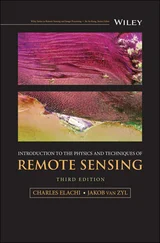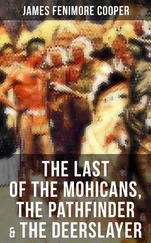1 ...6 7 8 10 11 12 ...19 In deep meditation, the mind is completely alert. In addition to the nonsensory apprehension of reality it also takes in all the sounds, sights, and other impressions of the surrounding environment, but it does not hold the sensory images to be analysed or interpreted. They are not allowed to distract the attention. Such a state of awareness is not unlike the state of mind of a warrior who expects an attack in extreme alertness, registering everything that goes on around him without being distracted by it for an instant. The Zen master Yasutani Roshi uses this image in his description of shikan-taza , the practice of Zen meditation:
Shikan-taza is a heightened state of concentrated awareness wherein one is neither tense nor hurried, and certainly never slack. It is the mind of somebody facing death. Let us imagine that you are engaged in a duel of swordsmanship of the kind that used to take place in ancient Japan. As you face your opponent you are unceasingly watchful, set, ready. Were you to relax your vigilance even momentarily, you would be cut down instantly. A crowd gathers to see the fight. Since you are not blind you see them from the corner of your eye, and since you are not deaf you hear them. But not for an instant is your mind captured by these sense impressions. 16
Because of the similarity between the meditative state and the frame of mind of a warrior, the image of the warrior plays an important role in the spiritual and cultural life of the East. The stage for India’s favourite religious text, the Bhagavad Gita , is a battlefield and martial arts constitute an important part in the traditional cultures of China and Japan. In Japan, the strong influence of Zen on the tradition of the samurai gave rise to what is known as bushido , ‘the way of the warrior’, an art of swordsmanship where the spiritual insight of the swordsman reaches its highest perfection. The Taoist Tai Chi Ch’uan , which was considered to be the supreme martial art in China, combines slow and rhythmical ‘yogic’ movements with the total alertness of the warrior’s mind in a unique way.
Eastern mysticism is based on direct insights into the nature of reality, and physics is based on the observation of natural phenomena in scientific experiments. In both fields, the observations are then interpreted and the interpretation is very often communicated by words. Since words are always an abstract, approximate map of reality, the verbal interpretations of a scientific experiment or of a mystical insight are necessarily inaccurate and incomplete. Modern physicists and Eastern mystics alike are well aware of this fact.
In physics, the interpretations of experiments are called models or theories and the realization that all models and theories are approximate is basic to modern scientific research. Thus the aphorism of Einstein, ‘As far as the laws of mathematics refer to reality, they are not certain; and as far as they are certain, they do not refer to reality.’ Physicists know that their methods of analysis and logical reasoning can never explain the whole realm of natural phenomena at once and so they single out a certain group of phenomena and try to build a model to describe this group. In doing so, they neglect other phenomena and the model will therefore not give a complete description of the real situation. The phenomena which are not taken into account may either have such a small effect that their inclusion would not alter the theory significantly, or they may be left out simply because they are not known at the time when the theory is built.
To illustrate these points, let us look at one of the best known models in physics, Newton’s ‘classical’ mechanics. The effects of air resistance or friction, for example, are generally not taken into account in this model, because they are usually very small. But apart from such omissions, Newtonian mechanics was for a long time considered to be the final theory for the description of all natural phenomena, until electric and magnetic phenomena, which had no place in Newton’s theory, were discovered. The discovery of these phenomena showed that the model was incomplete, that it could be applied only to a limited group of phenomena, essentially the motion of solid bodies.
Studying a limited group of phenomena can also mean studying their physical properties only over a limited range, which may be another reason for the theory to be approximate. This aspect of the approximation is quite subtle because we never know beforehand where the limitations of a theory lie. Only experience can tell. Thus the image of classical mechanics was further eroded when twentieth-century physics showed its essential limitations. Today we know that the Newtonian model is valid only for objects consisting of large numbers of atoms, and only for velocities which are small compared to the speed of light. When the first condition is not given, classical mechanics has to be replaced by quantum theory; when the second condition is not satisfied, relativity theory has to be applied. This does not mean that Newton’s model is ‘wrong’, or that quantum theory and relativity theory are ‘right’. All these models are approximations which are valid for a certain range of phenomena. Beyond this range, they no longer give a satisfactory description of nature and new models have to be found to replace the old ones—or, better, to extend them by improving the approximation.
To specify the limitations of a given model is often one of the most difficult, and yet one of the most important tasks in its construction. According to Geoffrey Chew, whose ‘bootstrap theory’ will be discussed at great length later on, it is essential that one should always ask, as soon as a certain model or theory is found to work: why does it work? what are the model’s limits? in what way, exactly, is it an approximation? These questions are seen by Chew as the first step towards further progress.
The Eastern mystics, too, are well aware of the fact that all verbal descriptions of reality are inaccurate and incomplete. The direct experience of reality transcends the realm of thought and language, and, since all mysticism is based on such a direct experience, everything that is said about it can only be partly true. In physics, the approximate nature of all statements is quantified and progress is made by improving the approximations in many successive steps. How, then, do the Eastern traditions deal with the problem of verbal communication?
First of all, mystics are mainly interested in the experience of reality and not in the description of this experience. They are therefore generally not interested in the analysis of such a description, and the concept of a well-defined approximation has thus never arisen in Eastern thought. If, on the other hand, Eastern mystics want to communicate their experience, they are confronted with the limitations of language. Several different ways have been developed in the East to deal with this problem.
Indian mysticism, and Hinduism in particular, clothes its statements in the form of myths, using metaphors and symbols, poetic images, similes and allegories. Mythical language is much less restricted by logic and common sense. It is full of magic and of paradoxical situations, rich in suggestive images and never precise, and can thus convey the way in which mystics experience reality much better than factual language. According to Ananda Coomaraswamy, ‘myth embodies the nearest approach to absolute truth that can be stated in words.’ 17
The rich Indian imagination has created a vast number of gods and goddesses whose incarnations and exploits are the subjects of fantastic tales, collected in epics of huge dimensions. The Hindu with deep insight knows that all these gods are creations of the mind, mythical images representing the many faces of reality. On the other hand, he or she also knows that they were not merely created to make the stories more attractive, but are essential vehicles to convey the doctrines of a philosophy rooted in mystical experience.
Читать дальше
